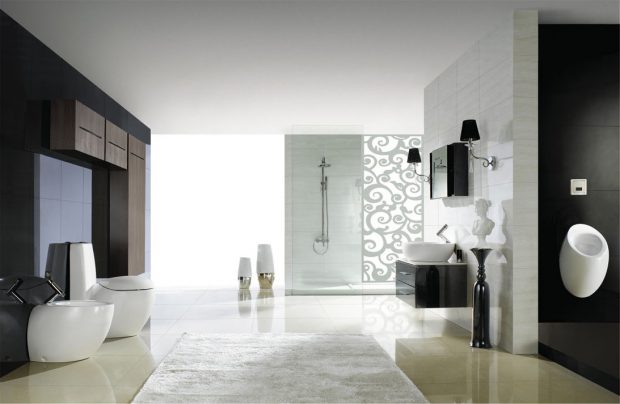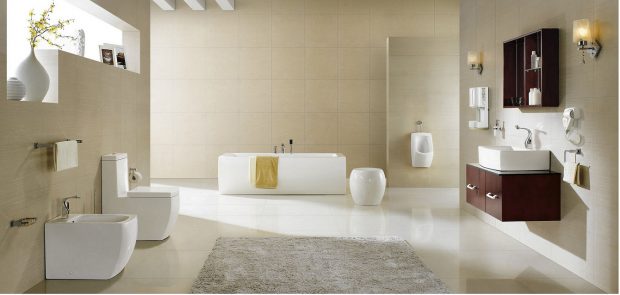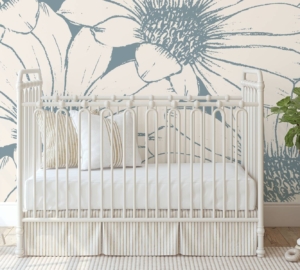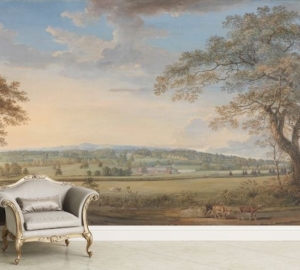A bidet is a bathroom fixture used for personal hygiene, particularly after defecation and urination. Although introduced more than four centuries ago and adopted throughout most of the world, it is only recently that it has begun to be accepted in North America. Its advantages for health and cleanliness, combined with new, modern styles and features, have attracted new interest in bidets as a feature in American homes.
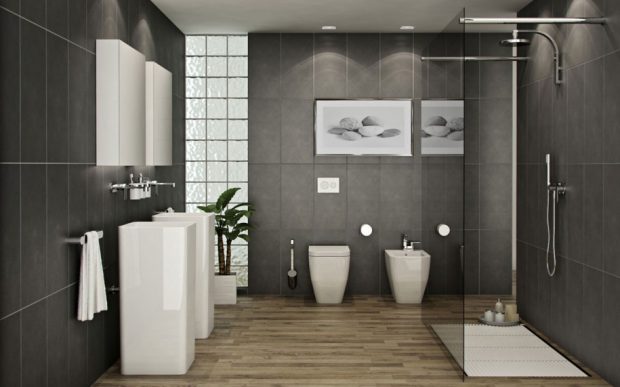
How a Bidet Works
At its most basic, a bidet is a porcelain bowl with a water source, which allows the user to straddle or sit while splashing water on the genitals, anus, buttocks and perinea (the area between the anus and genitals). This not only helps to gently wash away particles of feces after defecation, but helps cleanse away menstrual flow and other matter from these areas without having to take a full bath or shower. After a refreshing wash, the user can pat dry with paper or a towel.
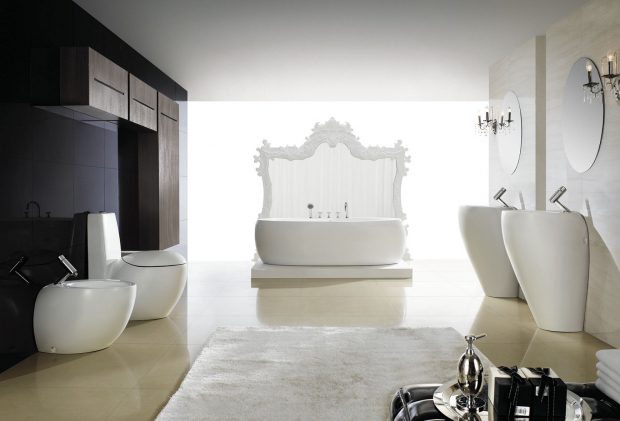
History of the Bidet
No single individual is credited with being the inventor of the bidet, but records show that they began to appear in France in the late 1600s. In fact, the name “bidet” comes from the French word for “pony,” seeming to refer to the way a user would straddle the fixture as if riding a small horse. The bidet was quickly adopted throughout France (one was installed in the private chambers of Louis XIV of France, the Sun King, in 1710) and soon spread throughout the rest of Europe. Today, bidets can be found across most of the world, including Latin America, the Middle East and Asia. Why it has not historically taken hold in the English-speaking areas of the world, particularly in the United States, has never been fully explained. Some believe that, since it was originally identified with France, the English Francophobes automatically rejected it. There is also the explanation – which may be no more than urban legend – that when American troops sent to Europe during the two world wars saw bidets in brothels, they came to associate the fixtures with immorality. In any case, modern Americans seem more receptive to the use of bidets, and even installing them in their own homes.
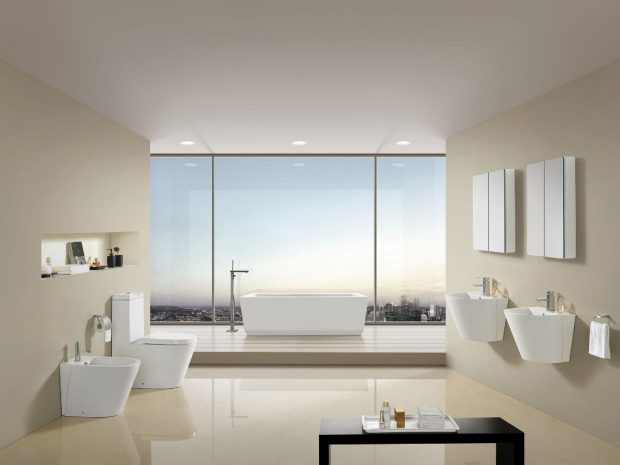
Advantages of the Bidet
Relying on toilet paper alone to cleanse the privates after defecation and, for women, urination has distinct drawbacks. Not only can the paper irritate the delicate tissues in the area, but this method does not cleanse the area thoroughly; fecal particles and other materials are almost always left behind. This can result in transfer to clothing, odor and even the potential for infection. Rinsing with a bidet provides a gentle and thorough cleansing, washing away materials and leaving the user feeling refreshed. This is particularly welcome for persons with incontinence or diarrhea and women who are menstruating. Use of a bidet is also easier for individuals who, due to age or infirmity, cannot easily reach the areas needing attention or manipulate toilet paper with their hands. The use of a bidet can also make the tasks of a caregiver more effective, since it not only provides a more thorough cleansing of a patient but allows the client a greater sense of privacy, free from embarrassment.
Types of Bidets
The original design of a bidet, the one still most commonly found in Europe, is a stand-alone fixture made of porcelain. To save space in a bathroom layout, since this style of bidet takes up about as much room as a toilet, the toilet/bidet combination is gaining popularity. These are not only found in new builds but are convenient for retrofitting bathrooms which have not previously contained this fixture. Combination toilet/bidet units can be integrated with spray wands in the bowl itself or as an attachment to the seat. Some households prefer hand-held sprayers, which allow greater flexibility in use. Portable bidets, useful for travel, can also be found. Many manufacturers of modern bidets, such as toiletbidet.com, offer a variety of styles to meet any household’s needs.
Features
Faucet controls for the water jets are standard in most bidet models, but electric push-button controls are more convenient for many people. Many models offer a choice of positioning the controls on the right or left side, as well. Some manufacturers have models that provide both cold and hot water for greater comfort, as well as an air dryer feature. Although a single nozzle is standard for many models, some are now offering dual nozzles; this style provides more effective cleansing for women. To ensure greater sanitation, self-cleaning nozzles that rinse themselves after use are also available. Of course, there are also other advanced features to provide maximum comfort and convenience: heated seats, oscillating seats to provide a massage, hands-free opening and closing of the seat and cover or a soft-close lid, a night light and even build-in speakers to provide relaxing music while taking care of personal hygiene.
Even after more than four centuries of use in Europe and elsewhere in the world, the advantages of bidets for health and comfort are finally beginning to be recognized by more and more American householders. Modern designs allow them to be easily installed in existing bathrooms or as a choice for remodels and new construction. If it was good enough for the Sun King, it should be good enough for American homes.
Kiera Morris works as a home decorating consultant. She loves to share her experiences by writing online. Her articles are available mostly on home improvement blog sites.
References:
“History of Bidet,” Toilet Paper History, [undated], accessed March 31, 2016, http://www.toiletpaperhistory.net/toilet-paper-history/history-of-bidet/
“Why Aren’t Bidets Common in the U.S.?” by Karina Martinez-Carter, Mental Floss, published June 28 2013, accessed March 31, 2016, http://mentalfloss.com/article/51337/why-arent-bidets-common-us
“Benefits of a Bidet,” Review Bidets, [undated], accessed March 31, 2016, http://reviewbidets.com/bidet-articles/the-benefits-of-a-bidet/

